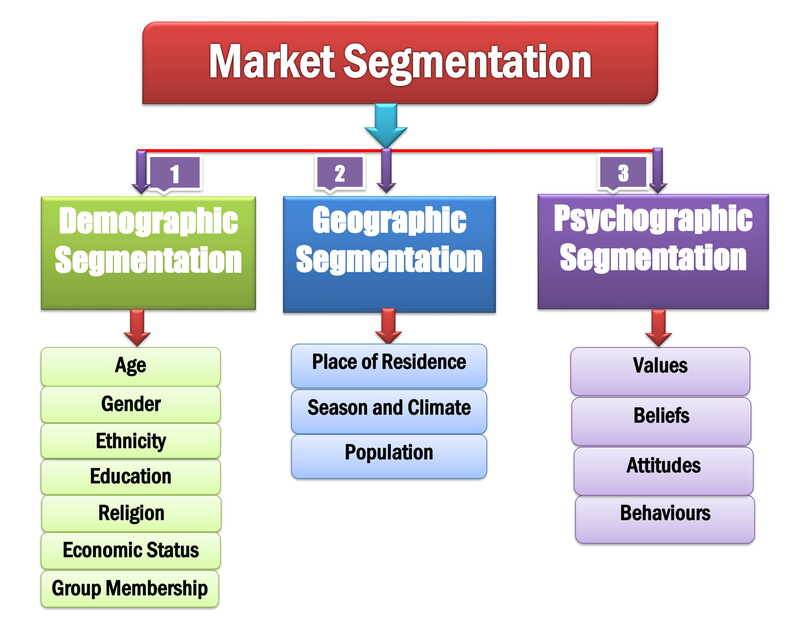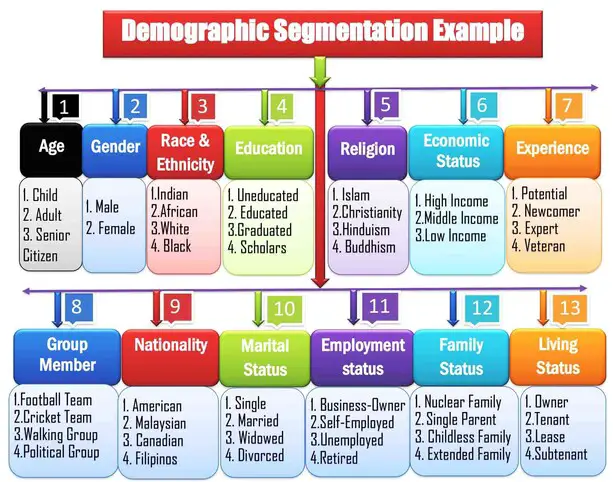Social Media Advantages and Disadvantages Essay PDF. Advantages and Disadvantages of Social Media Essay IELTS. Benefits of Social Media Essay. Disadvantages of Social Media Essay.
Social Media
Social media are website and application-based networking tools that allow people to share real-time information on them. It has been accepted as the most innovative invention by science in the digital era to ease the human communication system. There are various types of social media globally, such as Facebook, WhatsApp, YouTube, LinkedIn, Twitter, WeChat, Instagram, TikTok, Snapchat, Reddit, Pinterest, Zoom, and Google Meets. People use social networking sites to share opinions, educate others, disseminate mainstream media content, shape political opinions, and entertain each other. Apart from that, People use them for crime reporting.
Social Media Advantages and Disadvantages Essay
The essay on social media advantages and disadvantages describes social media platforms’ positive and adverse impacts. The most significant parts of an ideal essay are the introduction, body, and conclusion, and the additional elements are thesis statements, transitional verbs, and examples.
The essay on the advantages and disadvantages of social media includes the introduction, thesis statement, advantages, disadvantages, and conclusion. Nowadays, social media have become a widespread phenomenon. Therefore, the advantages and disadvantages of social media essays have become a crucial topic for students, educators, and academicians. Many students focus on social media essays to obtain excellent results in the IELTS exam. The school, college, and university lecturers also set this topic for the assignment and exam questions. The author demonstrates examples of social media’s advantages and disadvantages essay.
Social Media Advantages and Disadvantages Essay
Introduction
Social media are the most significant blessing of technology in the modern era. Social media are mainly Internet-based tools and applications that people use for communicating, entertaining, and sharing information. The most common social media platforms are Facebook, TikTok, WhatsApp, Viber, Instagram, WeChat, Pinterest, Linked In, VK, etc. The total number of social media users is around 3.0 billion worldwide. Facebook has become one of the most famous social media, gaining 2.96 billion monthly active users. It becomes a double-edged sword due to its positive and negative impact on society. The author discusses the advantages and disadvantages of social media platforms in the community.
Advantages of Social Media
The advantages of social media are maintaining communication, sharing knowledge, and enhancing business.
Firstly, social media eases the communication process that contributes to building relationships. Nowadays, more than 90 percent of teenagers are using smartphones, and in the meantime, 45 percent of them surf the internet every day. For example, students utilize social media networking sites to conduct virtual meetings and classes. So, social networking sites benefit people in maintaining communication globally.
Additionally, Social media have become the most convenient tool for imparting and sharing knowledge. People can easily perceive how difficult educational life would be without using social networking platforms. Every student acknowledges that Google has become the best lecturer for asking questions and seeking knowledge from the Google search engine. For example, educators adopt Google Meet and webinar meeting platforms such as Facebook, WhatsApp, LinkedIn, Zoom meetings, Google Meet, etc. So, social media are the best grace of technologies from the perspective of sharing knowledge and expertise.
Furthermore, social media have a tremendous positive impact on the company from the viewpoint of marketing policy. Social media help organizations communicate with potential customers virtually. For example, the organization utilizes its official social media pages for corporate branding, product branding, social media marketing, paid marketing, website traffic enhancement, promotion, etc. In sum, selling products and services online has been more straightforward for the blessing of social media.
People benefit from several viewpoints on social media, such as education, communication, workplace, marketing, entertainment, etc.
Disadvantages of Social Media
On the other hand, the most critical disadvantages of social media are using them for cyberbullying, hacking, and addiction.
Firstly, teenagers utilize social media platforms to bully others, also known as cyberbullying. Cyberbullying refers to harassing someone by sharing personal information on social networking sites. A study shows that around 50% of teenagers were bullied in Bangladesh until 2016. In 2016, an American teenager named Megan Taylor Meier died by suicide of cyberbullying. For example, most teenagers get bullied on Instagram, Facebook, Snapchat, and YouTube.
Hacking is another negative consequence of using social media in society. Many people preserve their personal information on social networking sites, including photos, ID cards, and passports. Hackers can hack this personal information and share it on Facebook, Instagram, Twitter, etc. Sometimes, they demand money from victims committing to not disclosing their private photos. After all, it traumatizes the victim mentally; hence, it is another negative consequence of social media platforms.
Moreover, social media’s most alarming negative impact on society is addiction. A statistic revealed that around 220 million people are now addicted to social media directly or indirectly. For example, many teenagers play games on social media instead of doing their daily tasks properly.
Conclusions
In short, Social media positively and negatively impacts individuals and companies. People benefit from social media to maintain communication, share knowledge, and enhance business. In contrast, some crimes happen due to social media, such as cyberbullying and hacking. Many teenagers are addicted to social media, which bars them from maintaining a healthy life. However, people can make social media a blessing tool by preventing negative societal impacts.
Advantages of Social Media Essay
Social media advantages essay discusses the benefits of social media sites in human life. It also includes the introduction, body, and conclusion. An example of a social media essay has been outlined.
Introduction
Have you ever wondered why half the 7.7 billion people worldwide use social media platforms? Social media refers to the internet-based networking system that facilitates human communication through computers, smartphones, and tablets. Around 3.8 billion people use social media, yet Facebook achieved about 2.74 billion monthly users worldwide in 2021. Today I would like to talk to you about the positive role of social media in society. Nevertheless, social media have both positive and negative impacts on society. Regardless of the critics, the advantages of social media are practicing citizen journalism, maintaining emergency communication, and conducting a virtual education system.
Advantages of Social Media
Firstly, citizen journalism plays a significant role in creating social awareness and shaping public opinion. Citizen journalism means collecting, generating, and publishing information on social networking sites like Facebook, Instagram, WhatsApp, etc. Social media allow citizen journalists to spread information quickly compared to traditional media. A study shows that around 45% of Americans consume news and information from social media platforms. For example, citizen journalists play a crucial role in sharing social awareness content on Facebook daily.
Secondly, social media platforms have become the most convenient networking sites for emergency communication. The disaster management authority utilizes social media pages to conduct agency-to-community communication. Social media can spread any news quickly among many people in the community. For example, according to CNN, A Russian court has placed Forbes journalist Sergey Mingazov under house arrest after he was detained for allegedly spreading fake news on Telegram channel about the Russian armed forces. Mass media utilize social media sites to promote programs and content through media convergence. Social media sites are undoubtedly effective tools for quick communication in emergency periods.
Finally, educators, students, and academicians currently utilize social networking sites to conduct virtual classes. Nowadays, many educational institutes conduct and regulate online courses through virtual meeting minutes, including Google Meet, Zoom meetings, and WhatsApp. As a result, students organize virtual meetings to complete group discussions and submit online meeting minutes. A study shows that social media enhances students’ communication skills; therefore, they perform better than average students who are inactive on social networking platforms. So, it is another crucial benefit of social media in conducting a virtual education system.
Conclusion
In sum, social media are a blessing invention of technology in the 21st century, contributing significantly to information and communication technology (ICT). The three significant advantages of social media are practicing citizen journalism on social media, maintaining emergency communication, and conducting a virtual education system. Based on these positive social media roles, it is safe to say that social media benefits people immensely.
Disadvantages of Social Media Essay
The Social Media Disadvantages essay discusses the adverse consequences of social media sites in human life. The article on social media’s disadvantages includes the introduction, thesis statement, body, and conclusion.
Introduction
Social media have brought a significant change in the communication sector. Social media, also known as the new media, have become indispensable to the modern lifestyle. According to the statistics report, more than 800 social media platforms globally. Nowadays, people can not imagine a day without using social networking sites like Facebook, Instagram, WhatsApp, and TikTok. However, it has both positive and adverse impacts on society. Apart from the positive consequences, social media’s most typical adverse effects on society are spreading fake news, negative reviews on businesses, and addictions.
Firstly, People opt-in to social media sites to spread fake and fabricated information for its availability. Many citizen journalists utilize these sites to disseminate misleading political issues. For example, Twitter banned President Donald Trump’s account due to posting misleading information.
Secondly, social media can destroy the business due to negative reviews from customers on social media. It also creates high customer expectations and a reduction in employee productivity. A study shows a negative social media review can diminish hundreds of positive comments.
Finally, Netizens are incredibly keen on social media and spend most of their time here instead of traditional media. People are highly addicted to social media and experience physical and mental illnesses.
Conclusion
Social media have both positive and negative consequences on society. Nobody can deny the blessing of social media to make our civil life more accessible from communication with each other beyond the country’s boundaries. The adverse consequences of social media are spreading fake news, negative reviews on businesses, and addictions. The government and policymakers should come up with a solution to the problem.

Essay on Advantages and Disadvantages of Social Media
The essay on the advantages and disadvantages of social media outlines how to write a body paragraph of an essay with APA citation. The essay’s thesis statement and body paragraph on social media’s advantages and disadvantages have been illustrated here.
Thesis StatementSocial media help us communicate with each other, but it is also beneficial for education & marketing purposes. Body ParagraphsFirst of all, social media have a tremendous positive impact on the educational sector, and it assists students in nourishing their knowledge with the teaching aids that are available online. Faizi, Afia, and Chiheb (2013) mentioned that students who are actively involved in social media could earn more knowledge easily in a better way. They also stated that social media had become a great platform that allows students to conduct small group communication on projects and also enhance their knowledge capacity. In addition, social media allows everyone to access vast knowledge through various educational websites, knowledge-sharing portals, and online classes. Greenhow and Lewin (2016) proposed that social media tools have several educational advantages for students and teachers. They also said that it provides opportunities for further learning for people from all walks of life who can access the Internet. In essence, it is clear that social media positively impacts the educational sector. Secondly, social media are the biggest platforms for different brands and organizations to use for marketing. Many recognized brands use social media to promote their products and services to their targeted audiences. Barefoot and Szabo (2010) explain that social media marketing can be defined as using different platforms to promote an organization and its products to the targeted audience. Furthermore, celebrities worldwide use social media to connect with their fans and followers, and they also used to do publicity work. Wright (2015) claimed that celebrities also use social media channels to keep a good reputation and online presence. Additionally, the main intention behind this is to increase the number of fans and followers. In short, social media plays a significant role in the corporate and personal branding sectors. References:Barefoot, D., & Szabo, J. (2009). Friends with benefits: A social media marketing handbook. No Starch Press. Faizi, R., El Afia, A., & Chiheb, R. (2013). Exploring the potential benefits of using social media in education. International Journal of Engineering Pedagogy (iJEP), 3(4), 50-53. Greenhow, C., & Lewin, C. (2016). Social media and education: Reconceptualizing the boundaries of formal and informal learning. Learning, media, and technology, 41(1), 6-30. Wright, K. (2015). Social Media and Celebrities: The Benefits of a Social Media Presence. |

